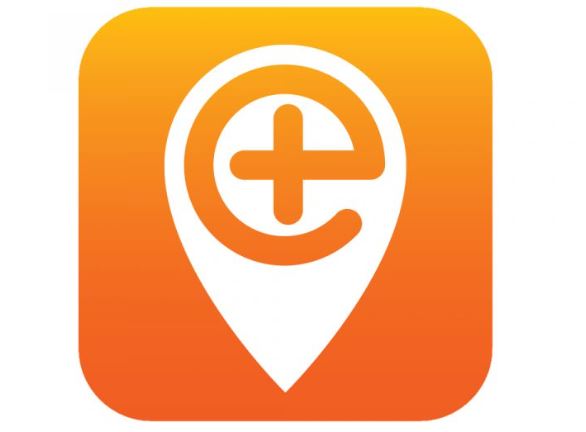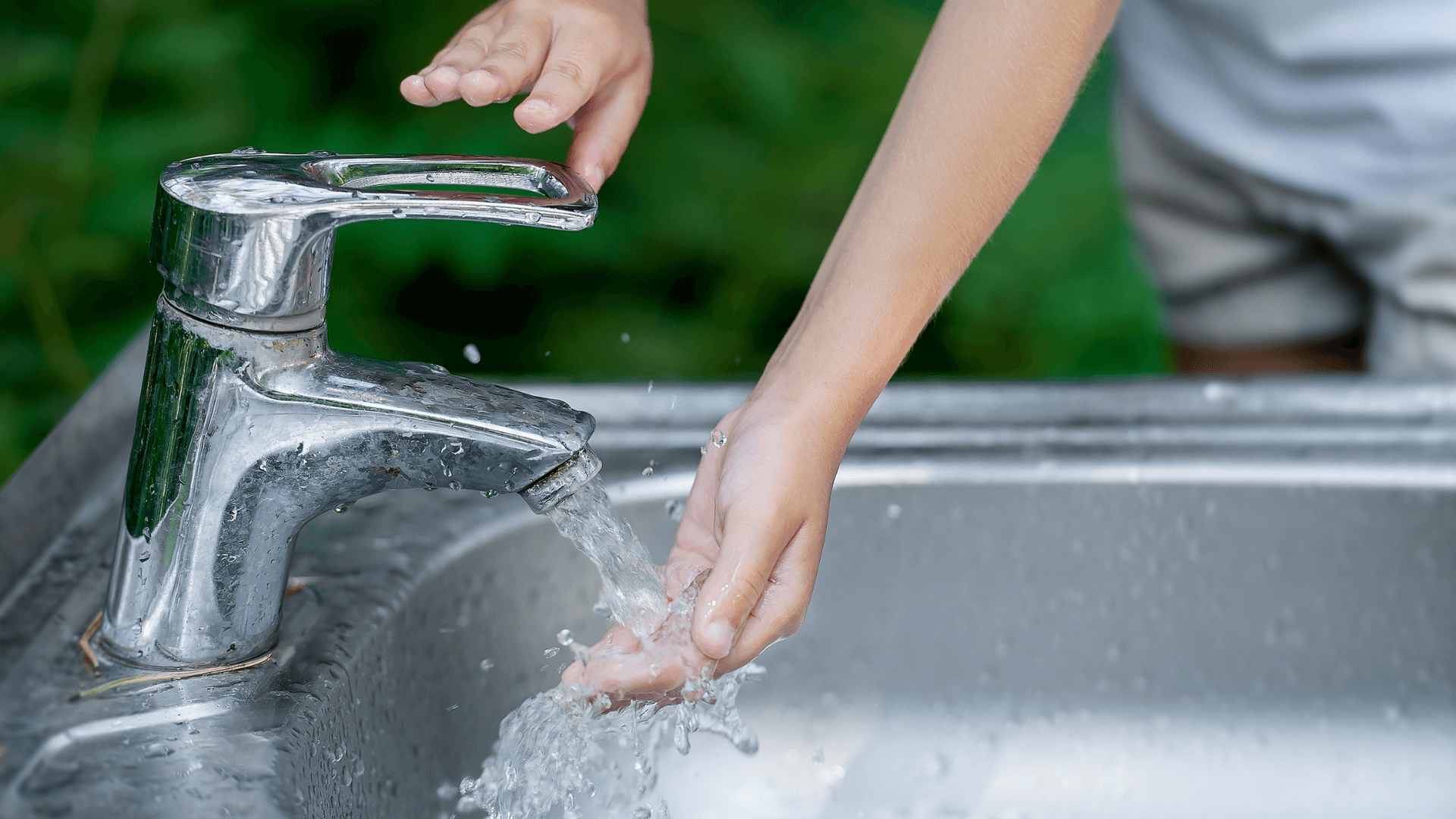The reality behind SHOCKS and tingles
In Australia, there are approximately 20 deaths each year from electrocution, with more than half occurring in the home. Sadly, most of these tragedies could have been prevented.
Electrical appliances are the second most common cause of electrocution, according to the National Coronial Information System. While Australia has high electrical safety standards, it's important to know what to look for in order to reduce electrical risks in the home.
Don’t ignore shocks and tingles
If you feel a zap, tingle, or shock when touching a tap, electrical appliance, power point, or another component at home, don’t ignore it. These aren't 'normal'. You should treat these as a warning sign that something is wrong. For example, it could be a zap caused by an electrical wiring issue in your home, which could lead to a more dangerous situation if left untreated.
- Feel a shock or tingle?Be sure not to touch or re-test the appliance or location after an incident.
- Keep out!Keep yourself and others away from the area where the incident occurred, until a licenced electrician has determined it is safe.
- Call your electricity distributorWhen a shock or tingle is reported to your electricity distributor, they will send a team to investigate as soon as possible.
- Call 000It's important to remember that experiencing shocks and tingles are electrical emergencies, and that the situation could be life-threatening. If you are in a life-threatening situation, stay clear and call triple zero (000).
How to respond if you see someone receiving an electric shock
- Call 000 immediately.
- Stop and stand back. Don’t approach anyone receiving an electric shock, the electrical current could easily pass to you. Remember to take a moment to assess the situation before you act.
- Assess the situation and if it’s safe to do so, turn off the power. This may mean turning off electrical appliances at the wall using a broom handle or another non-conductive item made from glass, porcelain, plastic, or rubber. Do not use any items made from metal. Alternatively, you could switch off the power at the main switchboard.
- Be cautious if there is water involved. Do not touch electrical appliances or switchboards that are water-affected. Water is an efficient conductor of electricity, meaning the likelihood of being electrocuted is significantly increased if your skin is wet.
- Only when a person is away from the electrical source can you begin first aid.

